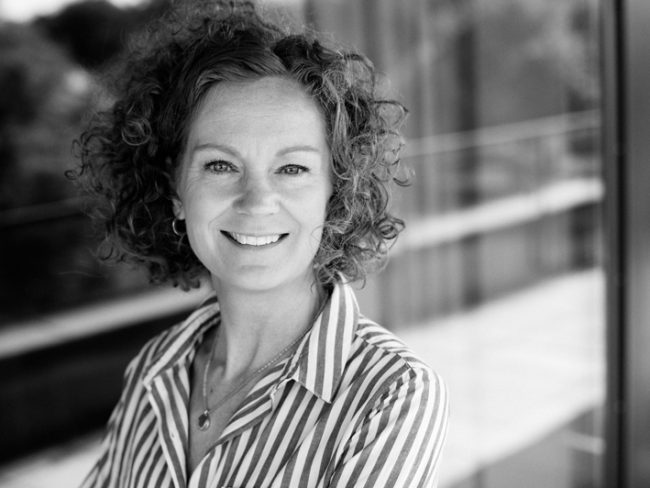
Climate impact mapping of Swedish textile machinery
Over the past year, TMAS, the Swedish Textile Machinery Association, has been working with ClimatePartner on a Corporate Carbon Footprint (CCF) mapping project with its member companies, as a natural step towards supporting a more sustainable textile industry.
Over half of the members of TMAS are participating in the project, which involves calculating each operation’s Scope 1, 2 and 3 emissions in order to identify the current climate impact and areas where reductions can be made.
Integrating climate action into strategies is becoming increasingly important in Europe and we have decided to take a pro-active role,” says Therese Premler-Andersson, Secretary General, TMAS. “There is growing pressure from customers to be more transparent in this area and forthcoming legislation will soon make it necessary for all to take climate actions. TMAS members, however, recognise the benefit of taking action now, not least in terms of taking responsibility and demonstrating credibility.

The CCF project’s scope examines all aspects of a business split into five areas:
- Facility Management (heating, electricity, water, cooling agents and
waste disposal).
- Employee Mobility (commuting and company cars).
- Business Travel (flights travel by train, rental cars).
- Procurement (production, packaging and office materials).
- Logistics (inbound and outbound).
Primary data is being used wherever possible and emission factors originate from internationally recognised databases such as ecoinvent and GEMIS.
“Each company is very different in terms of size, structure and operations, but they share common goals in the design and production of textile machinery that is flexible and highly automated, and wherever possible enables savings in energy, water and chemicals consumption,” says Premler-Andersson. “The textile industry has become highly globalised over many decades and will benefit greatly from the close examination of practices and supply chains. The Covid-19 pandemic led to many new ideas about how to do things differently, out of necessity. It saw the introduction of new and innovative digital tools and remote services that are here to stay, and will have important roles to play going forward.
The ClimatePartner measurement programme is based on the guidelines of the Greenhouse Gas Protocol Corporate Accounting and Reporting Standard (GHG Protocol), and factors in all greenhouse gases covered by the Kyoto Protocol. These are carbon dioxide (CO₂), methane (CH₄), nitrous oxide (N₂O), hydrofluorocarbons (HFC), perfluorocarbons (PFC), sulphur hexafluoride (SF₆) and nitrogen trifluoride (NF₃).
Each of these gases affect the atmosphere differently and remain in the atmosphere for different lengths of time. Rather than reporting on each gas separately, they are expressed as a CO₂ equivalent (CO₂e) for the sake of simplicity. A CO₂e is essentially a conversion into a ‘global warming potential’ value that enables the influence of different gases on global warming to be compared.
“The work does not end here – on the contrary, now when we are recognising our current practices, our work to reduce emissions in an efficient way will continue,” Premler-Andersson concludes.
The Textile Machinery Association of Sweden (TMAS) comprises the leading Swedish companies with textile technology, automation and production processes. The expertise of its members ranges from advanced systems for yarn fault detection and tension monitoring, to yarn feeding technology for weaving, automated sewing production lines, cutting machines, embroidery technology, effective material handling systems, spray application system for fabric finishing and much more.




